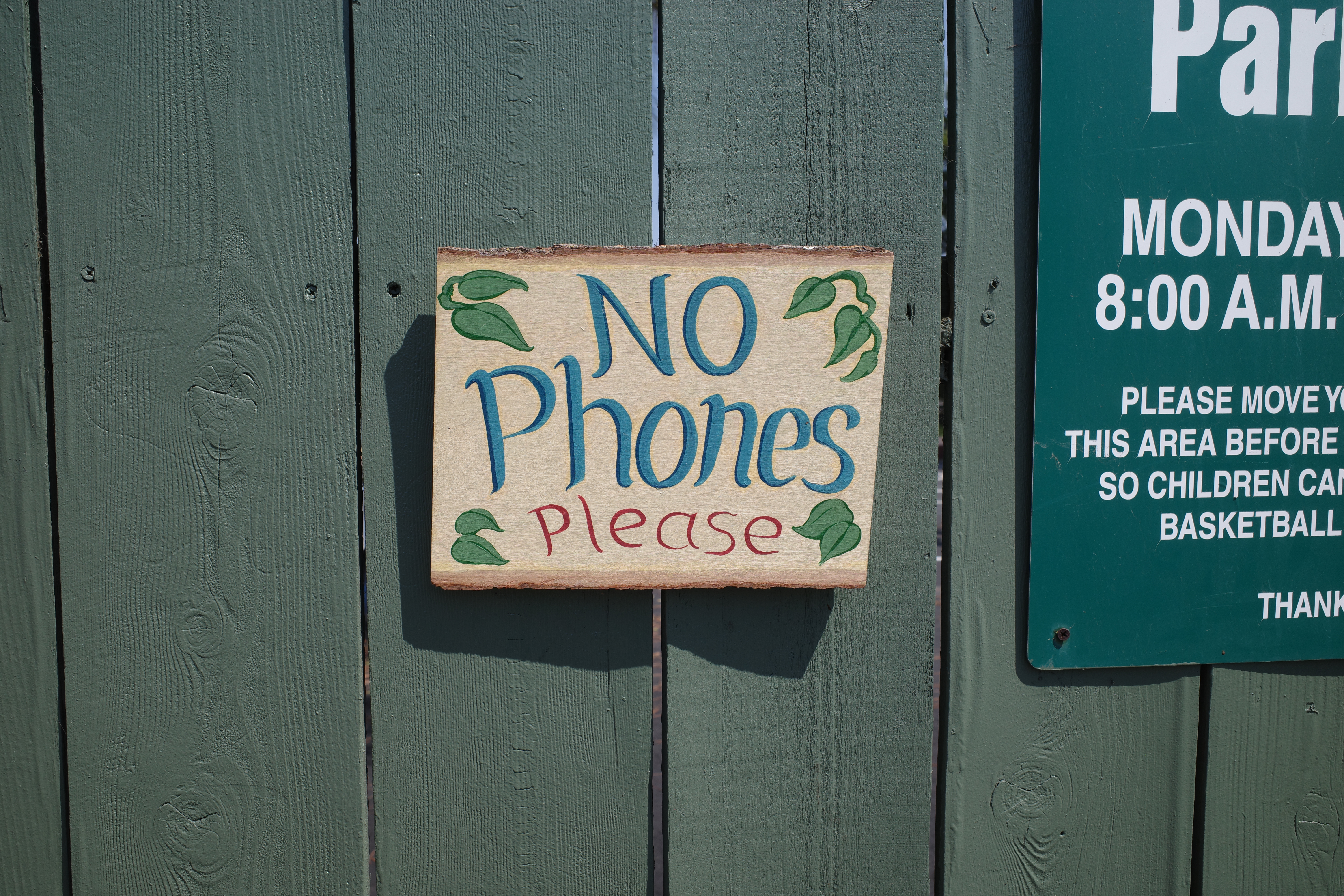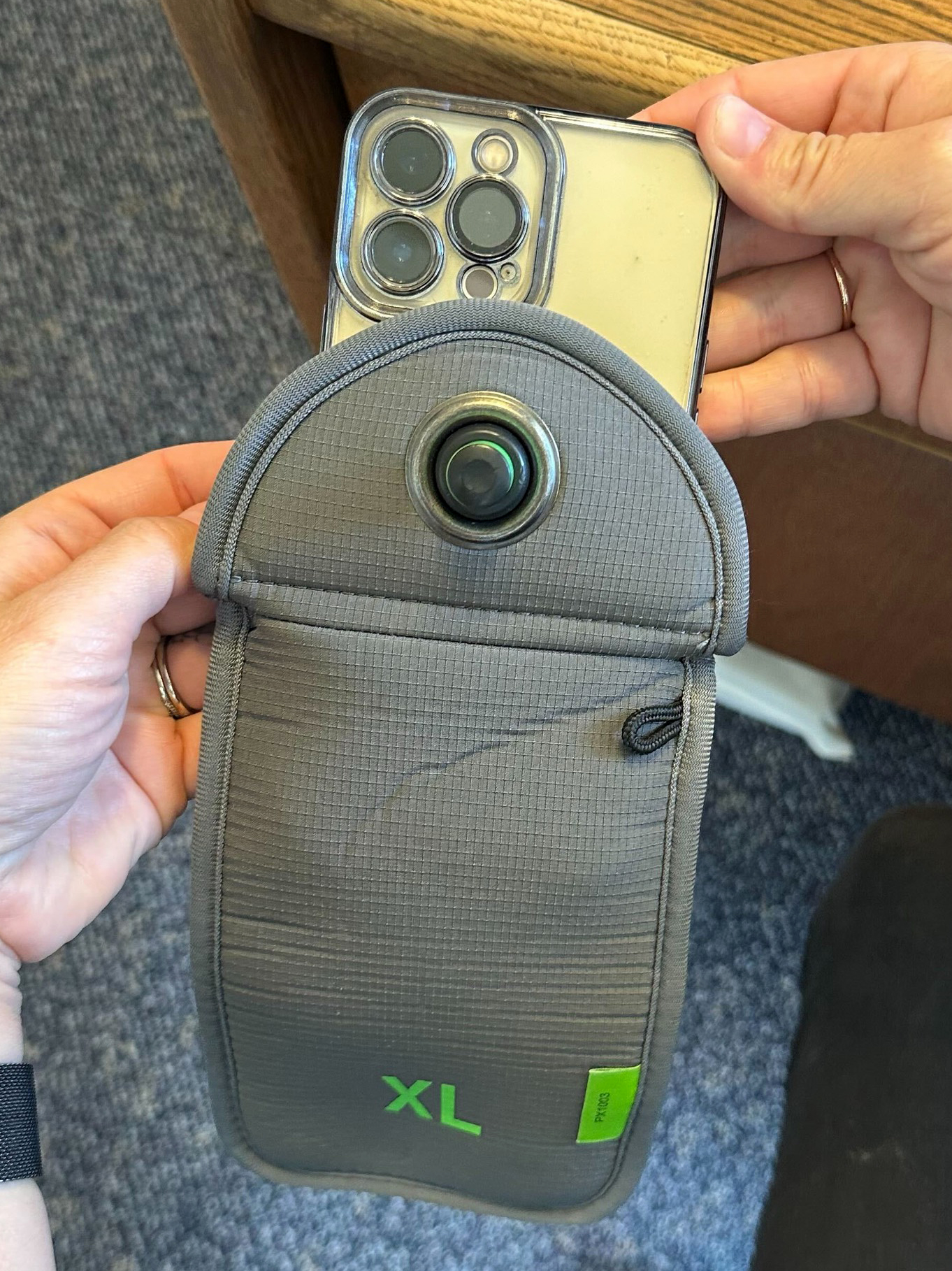CALIFORNIA’S “NEW” SMARTPHONE POLICY IS NOTHING NEW TO WALDORF EDUCATION
What Assembly Bill 3216 Means for Schools and How Waldorf Education Paves the Way
The use of smartphones in schools has been a growing concern for educators and policymakers alike. With the recent passage of Assembly Bill 3216, California school districts will soon be required to adopt policies limiting or prohibiting smartphone use by students during school hours. The bill, which received widespread bipartisan support, now awaits Governor Gavin Newsom’s signature. If signed into law, school districts will have until July 2026 to implement these policies.
Assembly member Josh Hoover, the bill’s author, expressed optimism about the positive impact this legislation will have on students’ educational experience. “It’s going to mean a lot for our students and our kids,” Hoover stated. The bill seeks to reduce distractions in the classroom, improve focus, and create a more conducive learning environment.
According to Education Slice, some school districts have already taken steps to address the issue. The Los Angeles Unified School District (LAUSD), for example, has banned cell phone use during school hours. The district’s policy reflects a growing recognition of how pervasive smartphone distractions can be. However, not all districts are on board. Senator Angelique Ashby, a mother of three, raised concerns about student safety during emergencies. Ashby’s apprehension underscores a key challenge in the debate: how to balance the educational benefits of limiting phone use with ensuring students remain connected and safe when it matters most.
The California Teachers Association (CTA) has long supported stricter rules around phone use, citing the disruptive effect smartphones have on learning. Teachers have reported that constant phone notifications and access to social media create obstacles to engagement and focus in the classroom. The CTA’s endorsement of AB 3216 is rooted in the belief that minimizing distractions will support better educational outcomes.


For some schools, this shift represents a significant change in policy, but for others, particularly those in the Waldorf education system, it reinforces long-standing practices. Waldorf schools, like the Waldorf School of San Diego, have long maintained a no-cell-phone-on-campus policy, particularly in classrooms since its start in 1984. This rule applies to non-student visitors on campus too: with visitors asked to restrict their phone use to “phone safe” areas where students do not have a line or site, or asked to leave their phones in their vehicles altogether. Not without exception, even the tools used for marketing, are under discussion on campuses: where digital cameras are to replace smart phones for taking any photos. The Waldorf philosophy emphasizes experiential learning, creativity, and human connection—values that are often undermined by the omnipresence of smartphones. At WSSD’s high school, Yondr pouches have been used since 2019 to safely store student cellphones at the beginning of each school day. For Waldorf educators, a low-tech environment is not just about removing distractions, but about fostering an atmosphere where students can fully immerse themselves in hands-on, creative work.
Yet, as schools across California consider how to adopt the policies required by AB 3216, there remains an important question about how to handle emergency situations. Waldorf schools have been thoughtful about this concern, working to ensure that while their campuses remain low-tech, they are not unprepared for emergencies. Many Waldorf schools are now incorporating calculated, tech-based emergency measures that allow them to remain connected to safety services without compromising the school’s broader commitment to a tech-minimalist environment.
For example, some Waldorf schools are considering the use of designated emergency phones and tablets that are accessible to administrators and staff while keeping students’ personal devices off-limits. Additionally, updated communication protocols, including direct lines to local emergency services and internal/closed channel use of messaging apps like Slack, are being explored to ensure that schools remain safe – particularly in emergency situations.
Ultimately, Assembly Bill 3216 represents a significant cultural shift in how schools handle the presence of smartphones. While concerns about student safety are valid and should be addressed, the bill presents an opportunity for schools to thoughtfully reconsider their relationship with technology in the classroom. As Waldorf schools have demonstrated for years, it is possible to cultivate a rich educational environment that prioritizes human interaction, creative engagement, and focus while also implementing safety measures.
As the deadline for policy adoption approaches, California school districts will need to work closely with parents, teachers, and students to find solutions that balance educational benefits with safety concerns. For those who have seen the negative impact of smartphones on learning firsthand, this legislation is a welcome step forward. And as Waldorf schools continue to evolve their practices, they may serve as a model for others looking to maintain a careful balance between technology and education in the 21st century.




0 Comments